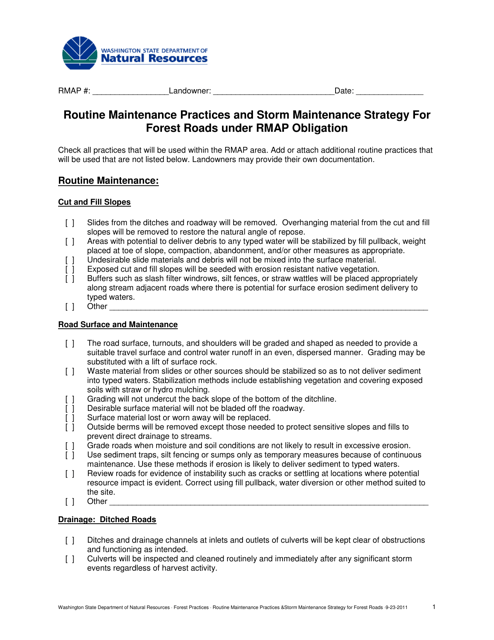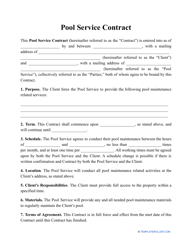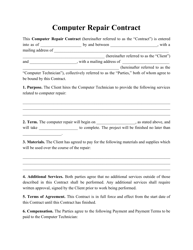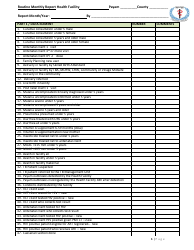Routine Maintenance Practices and Storm Maintenance Strategy for Forest Roads Under Rmap Obligation - Washington
Routine Maintenance Practices and Storm Maintenance Strategy for Forest Roads Under Rmap Obligation is a legal document that was released by the Washington State Department of Natural Resources - a government authority operating within Washington.
FAQ
Q: What is RMAP?
A: RMAP stands for Routine Maintenance and Storm Maintenance Agreement Program.
Q: What is the purpose of RMAP?
A: The purpose of RMAP is to ensure routine and storm maintenance of forest roads in Washington state.
Q: What is routine maintenance?
A: Routine maintenance refers to regular upkeep activities such as grading, drainage maintenance, and vegetation control on forest roads.
Q: What is storm maintenance?
A: Storm maintenance involves repairing damages caused by storms, such as fallen trees, erosion, and washouts on forest roads.
Q: Who is responsible for routine maintenance under RMAP?
A: The landowner or their authorized representative is responsible for routine maintenance under RMAP.
Q: Who is responsible for storm maintenance under RMAP?
A: The landowner or their authorized representative, as well as the Washington Department of Natural Resources (DNR), are responsible for storm maintenance under RMAP.
Q: What is the role of the landowner in RMAP?
A: The landowner is responsible for routine maintenance and may perform the work themselves or hire a contractor to do it.
Q: What is the role of the DNR in RMAP?
A: The DNR assists landowners in storm maintenance by providing technical expertise and resources.
Q: What are some routine maintenance practices for forest roads?
A: Routine maintenance practices include grading the road surface, cleaning ditches and culverts, controlling vegetation, and repairing minor damage.
Q: What are some storm maintenance strategies for forest roads?
A: Storm maintenance strategies include clearing fallen trees, repairing road surfaces and drainage, stabilizing eroded sections, and removing debris from culverts.
Form Details:
- Released on September 23, 2011;
- The latest edition currently provided by the Washington State Department of Natural Resources;
- Ready to use and print;
- Easy to customize;
- Compatible with most PDF-viewing applications;
- Fill out the form in our online filing application.
Download a printable version of the form by clicking the link below or browse more documents and templates provided by the Washington State Department of Natural Resources.









